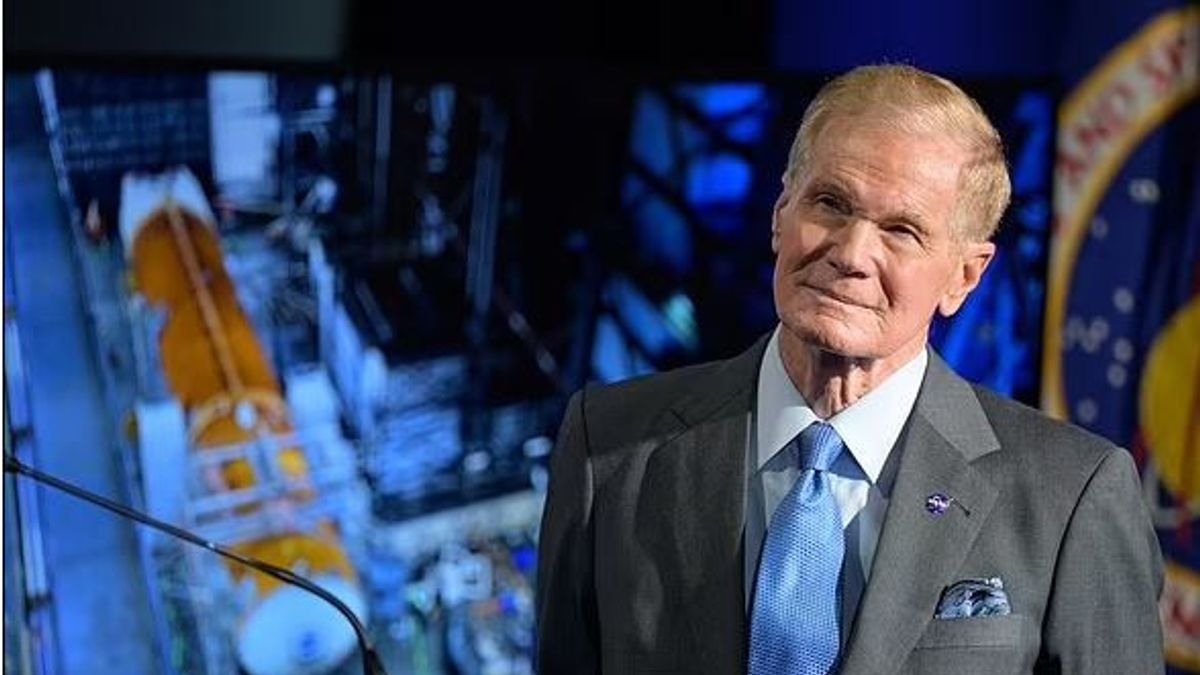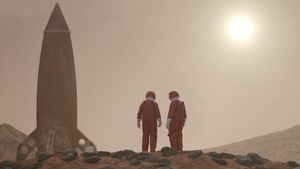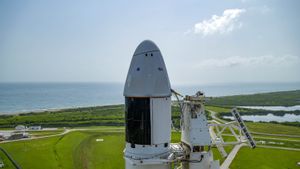JAKARTA - NASA says despite a series of technical and budgetary setbacks, there is still a target to put the first woman and the next man on the lunar surface by 2024.
NASA administrator Bill Nelson reaffirmed the agencies' commitment to the goal of the moon landing. He emphasized this at the 36th annual Space Symposium in Colorado Springs, Colorado. “we can do hard things', because we are the ones who can do it”, Nelson said.
The Artemis program is the successor to Apollo, which brought Neil Armstrong and 11 others to the surface of the Moon, the only natural satellite from Earth in the 1960s and 70s.
The 2024 deadline is already an ambitious challenge but has been further cast in doubt due to legal challenges from Jeff Bezos over the rocket lander contract on the moon, as well as problems with spacesuits and budget constraints imposed by Congress.
Nelson said the agency would go to great lengths, as quoting President John F Kennedy's speech in 1962, which said: "We chose to go to the moon in this decade and do other things, not because it was easy, but because it was difficult", said Kennedy at the time.
For the first time in more than 50 years, @NASA will return humans to the Moon.
And we will go in a way that reflects the world today – with our commercial and international partners in a global effort. https://t.co/7czHZATAwq
— Bill Nelson (@SenBillNelson) August 24, 2021
If the schedule goes according to plan, the crew of Artemis 3 will launch from the Orion spacecraft aboard a Space Launch System rocket in September 2024.
The mission will take four astronauts who will leave Earth. Additionally, two will bring the SpaceX Human Landing System to the surface. They landed in the south polar region of the moon and stayed for 6.5 days. Then made four trips on the moon during that time.
The tight deadline was initially imposed by former President Donald Trump, and NASA has committed to sticking to its goal, which would require the first Artemis flight to take off early next year, then send an unmanned Orion around the moon.
The Space Launch System rocket has faced a number of delays. This put the launch schedule in jeopardy. Moreover recently the entire mission had been hit by obstacles.
“Our human landing system demo award has been delayed by delays and by litigation”, Nelson said at the symposium.
“The spacesuit, which for the first time, was made by our commercial partner, was technically challenging. COVID-19 has caused unprecedented disruption in supply chains", he added.
The last time people walked on the moon was in December 1972, when Eugene Cernan and Harrison Schmitt spent about 12.6 days on the lunar surface with Apollo 17.
Like Apollo, the first manned Artemis mission will travel around the moon but will not actually land on the surface, due to launch in 2023.
However, with the many obstacles faced in the launch, many suspect NASA will fail to reach the 2024 landing.
NASA's own Office of Inspector General (OIG) recently discovered that they would not be able to get their hands on the next-generation spacesuit, called the Exploration Extravehicular Mobility Unit (xEMU) that was designed, tested, and built-in time for the December 2024 landing.
SEE ALSO:
"NASA's current schedule is to produce the first two xEMUs ready to fly by November 2024, but the agency faces significant challenges in meeting this goal", the audit warned.
He added that delays in suit development, partly because many private sector companies were building various aspects of the technology, made the 2024 landing impossible.
As if that wasn't bad enough for a beleaguered lunar mission, NASA has also voluntarily halted work on the lunar lander, which SpaceX is developing.
The English, Chinese, Japanese, Arabic, and French versions are automatically generated by the AI. So there may still be inaccuracies in translating, please always see Indonesian as our main language. (system supported by DigitalSiber.id)


















